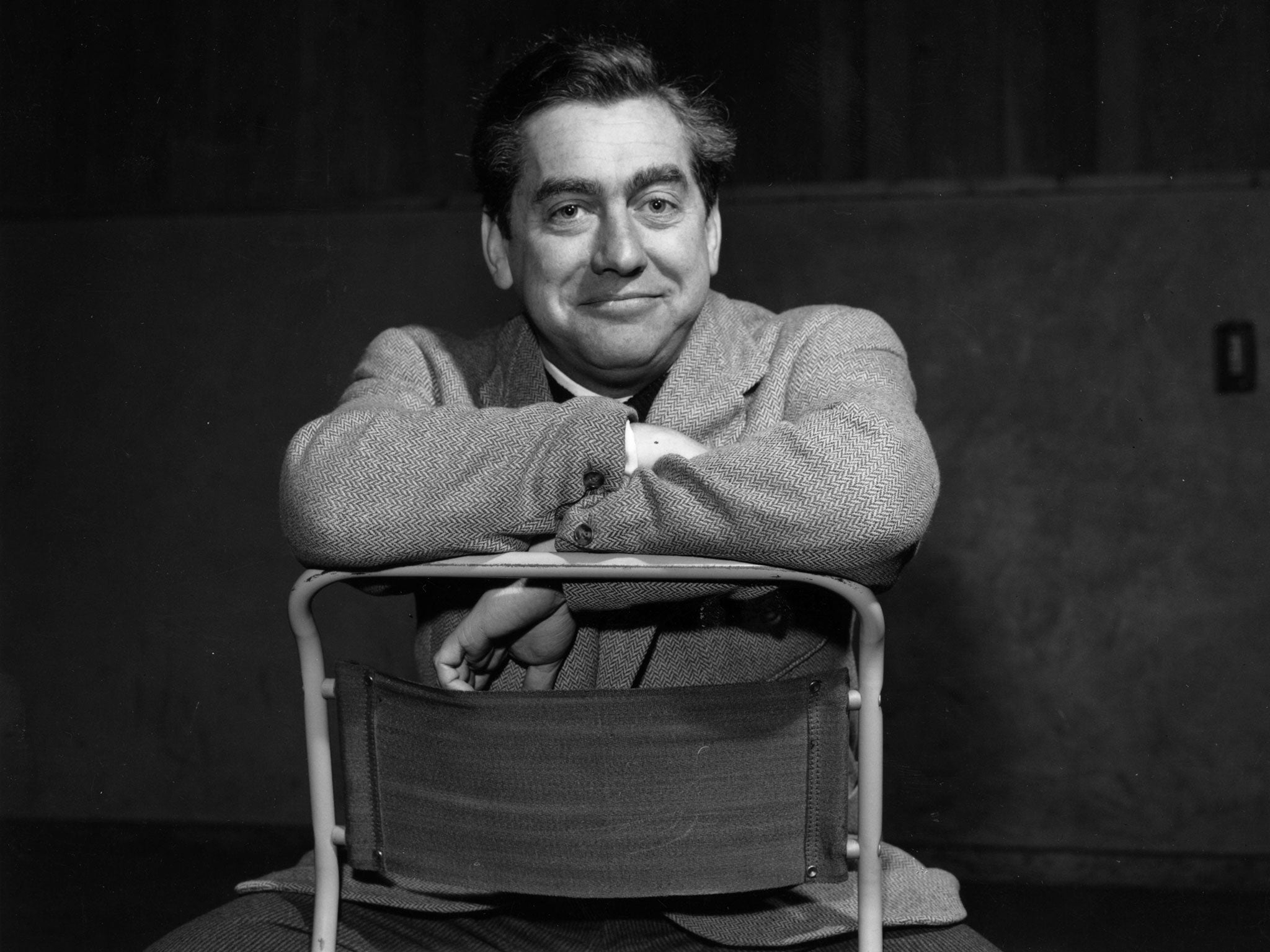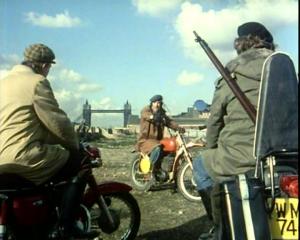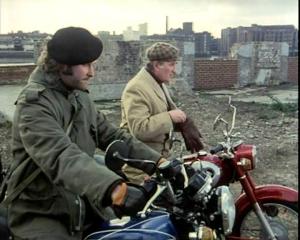Fifty years ago, BBC2 had just switched to colour and was looking for a programme that could promote the potential of colour television. Steve Turner, a vision mixer on Hancock’s Half Hour and occasional presenter on Late Night Line Up, suggested the Beeb used pop music, and Colour Me Pop was born. I briefly write about Colour Me Pop in this month’s Uncut as part of a wider feature looking at the Small Faces in 1968 – a story that involves acid trips at Jerome K Jerome’s house, altercations in Australia, breakdowns in Alexandra Palace, boat trips on the Thames and the recording of Ogdens’ Nut Gone Flake – but thought it might be fun looking at the show in more detail.
Colour Me Pop was the first BBC2 flagship pop programme. It transformed briefly into Disco 2 before eventually becoming The Old Grey Whistle Test. Like Whistle Test, Colour Me Pop was focussed on music beyond the charts, with artists coming into the studio to perform 30-minute gigs of album material.
Turner produced the show on a shoestring and it only lasted 53 episodes, but Melody Maker readers declared it the best music show on the telly at the time. “I was very chuffed to beat Top Of The Pops,” says Turner, who was the show’s booker, presenter, director, editor, producer and vision mixer.
“I went round the clubs to find pop groups who could hold a half-hour programme together,” he says. “I had a budget of about £100 and three cameras.” Among those who featured were Fleetwood Mac, Spooky Tooth, The Hollies, Moody Blues, The Move, Free and Family.
The tragedy of Colour Me Pop is that very little of it is now watchable, as the Beeb were in the habit of recording over the tapes. One show that has survived in its entirety is the Small Faces performance of Ogdens’ Nut Gone Flake, which marks the only occasion the band reproduced their concept album on stage (albeit they are miming). Turner even got Stanley Unwin to come in and reproduced his gobbledygook narrative. As Unwin was a BBC engineer at the time, Turner didn’t have to pay him. Unwin was in make-up as the show began, and almost missed the first song.
“The first show was Manfred Mann and then we got the Small Faces,” says Turner. “I’d heard Ogdens and it told a story, and I liked that idea. The band was miming but it was a live show. Because I was on my own vision mixing I was able to switch to a different camera without having to tell anybody. I told them to enjoy themselves and they did, it really came over. It was fun, most of the shows were. The groups we got weren’t prima donnas as they were usually quite new and it was a very homely studio, so I think they treated it like a gig in a small hall.”
Part of the plan was that Turner celebrated the use of colour. For the Small Faces show this basically involved inserting a flashing psychedelic picture of a fly during the performance of “The Journey”. Turner says the amateurishness of this still makes him cringe. On later shows he used paintings by his son, or a drawing he did himself of the sun. He would listen to records carefully before filming to see where he could place these inserts, and also so he could cut to the right instrument before a solo or a dramatic moment.
Although Turner was able to introduce a pretty impressive roster of guests, he does admit a couple of acts who got away. Rod Stewart was rejected because Turner listened to a demo and thought “his voice was too squeaky”. And on another occasion, Turner went to watch Elton John at the Scotch Of St James. “I sat next to his mother,” says Turner. “I liked him but didn’t see what I could do with it over half-an-hour.”
Wikipedia has much more about Colour Me Pop, while many of the surviving episodes are on You Tube, a little miracle itself in some ways. Here’s The Moody Blues in September 1968.
And also the magnificent Move.










